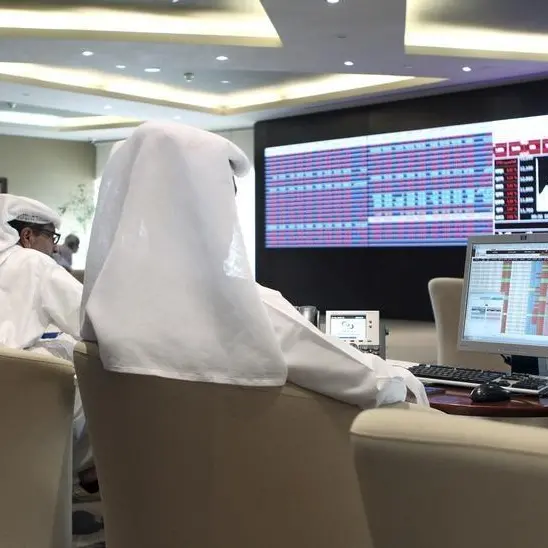Welcome to the home for real-time coverage of markets brought to you by Reuters reporters. You can share your thoughts with us at markets.research@thomsonreuters.com
U.S. STOCKS TAKE EARLY HIT, BUT BOB AND WEAVE OFF LOWS (1000 EDT/1400 GMT)
Major U.S. indexes took stinging opening hits on Tuesday, amid concerns over lofty valuations and inflation. .N
Of note, the NYSE's opening tick of -2,086 was the most negative since a -2,098 reading on June 11 of last year.
In the wake of this, the indexes are off their early lows established in the first 1 to 10 minutes or so of the session, and trying to make a comeback.
However, even with the recovery attempts, the S&P 500 growth /S&P 500 value ratio is on track for an 11th straight down day, which is longest such streak since a 12-day run of losses in September 2017.
Nearly all major S&P sectors are red, with utilities and tech among those taking the biggest hits. Materials are the sole gainer. This as the U.S. 10-Year Treasury yield pops up to the 1.63% area.
Here is where markets stand early on Tuesday:
(Terence Gabriel)
*****
NASDAQ 100 FUTURES: PEERING OVER A CLIFF (0900 EDT/1300 GMT)
Since their April highs, Nasdaq and tech-laden indexes have come under increasing downside pressure.
In fact, CME e-mini Nasdaq 100 futures are now down around 7% from their April 16 record close and April 29 record intraday high, in just 17 and 8 trading days.
This in the wake of a noticeable momentum lag:
Indeed, with the mid-April futures' high, the weekly RSI failed to muster enough strength to reclaim the 70.00 overbought threshold. With this, it formed its third lower peak vs its early January high, which of course was well below its August 2020 peak. Thus, a protracted momentum divergence was in place.
With this week's slide, the futures are once again threatening a close below the 20-week moving average, which now resides around 13,300. The futures have recorded 56 straight weekly closes above this moving average, which is the longest such run since a 61-week streak from late 2016 to early 2018.
Additionally, the futures are violating the weekly support line from the March 2020 trough, which also now resides around 13,300.
Holding below these barriers, which are now resistance, while the weekly RSI threatens to fall into oversold territory, can keep the futures on the back foot, with the March trough, at 12,194.75, potentially the next big test.
Meanwhile, based on Tuesday's across the board premarket futures weakness, and now rising volatility measures, the recent performance rift among various indexes may be about to be resolved with them all headed into a valley, together.
(Terence Gabriel)
*****
(Terence Gabriel is a Reuters market analyst. The views expressed are his own)











